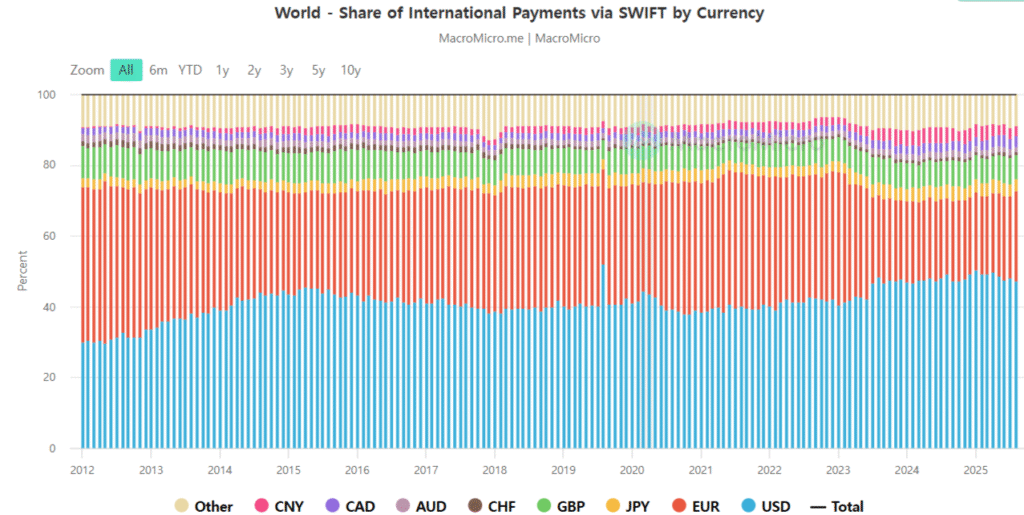Japan Takes a Bold Step with the Launch of JPYC: First Regulated Yen Stablecoin
In a significant move within the digital currency space, Japan has unveiled its first-ever regulated yen stablecoin, the Japanese Yen Coin (JPYC), marking a pivotal moment in the integration of blockchain technology with traditional finance in Asia. This development reflects Japan’s strategic approach to embracing the burgeoning asset class while ensuring robust regulatory oversight, aligning with global trends and addressing domestic economic requirements.
Background and Development
The introduction of JPYC comes at a time when stablecoins, cryptocurrencies pegged to stable assets like fiat currencies or gold, have seen exponential growth worldwide. Stablecoins combine the efficiency and global reach of cryptocurrencies with the stability of traditional currencies, mitigating volatility compared to counterparts like Bitcoin and Ethereum.
The JPYC project was spearheaded by JPYC Inc., a dedicated entity that has worked closely with Japanese financial regulators to ensure the stablecoin complies with the country’s stringent financial laws and standards. The approval process highlighted a significant collaboration between technology innovators and regulatory bodies, ensuring JPYC adheres to anti-money laundering (AML) directives, Know Your Customer (KYC) norms, and other financial regulations.
Implications for the Japanese Economy
The launch of JPYC has broad implications for Japan’s economy, particularly in how digital transactions are conducted. For one, JPYC allows for real-time, cost-effective money transfers without the typical overhead associated with traditional banking. This innovation is especially relevant in Japan, where digital payment solutions have lagged behind other advanced economies.
Moreover, JPYC could attract a new wave of fintech investments into Japan, serving as a catalyst for further technological innovations and collaborations within Asia. Local businesses, from small vendors to large corporations, might find in JPYC a reliable tool to streamline operations, enhance transparency, and support growth given its stable value against the yen.
Global and Regional Context
The introduction of JPYC is not occurring in a vacuum. Globally, several countries and economic blocs have been exploring or issuing digital currencies and stablecoins, such as the digital yuan in China and the prospective digital euro. By launching a regulated yen stablecoin, Japan is positioning itself as a competitive player in the digital finance arena, ready to navigate the complexities of digital currency usage across borders.
Recently, concerns about the fluctuating values of unregulated cryptocurrencies and potential financial instability have led global regulators and central banks to scrutinize the stablecoin market. Japan’s move to introduce a regulated stablecoin seeks to set a precedent for how nations can support technological innovation while safeguarding financial stability and security.
Challenges and Future Outlook
Despite its potential, the pathway for JPYC and similar innovations entails substantial hurdles. The primary challenges include widespread adoption across different sectors of the economy, ensuring robust cybersecurity measures, and maintaining compliance amidst evolving regulations.
Looking forward, as JPYC potentially gains traction among consumers and businesses alike, it could serve as a foundational model for other nations considering the launch of nationally backed stablecoins. With ongoing developments, regulatory adjustments, and market responses, the trajectory of JPYC will likely offer valuable insights into the future dynamics of the global financial ecosystem powered by blockchain technology.
Concluding Thoughts
Japan’s launch of the regulated yen stablecoin JPYC represents a pioneering step toward melding technological advancements with practical economic applications. It underscores Japan’s commitment to fostering innovation in its financial systems and setting a regulatory framework that could serve as a benchmark for other economies grappling with similar technological transformations. As the landscape of digital currencies continues to evolve, the global economic community will be watching Japan’s journey with keen interest.



